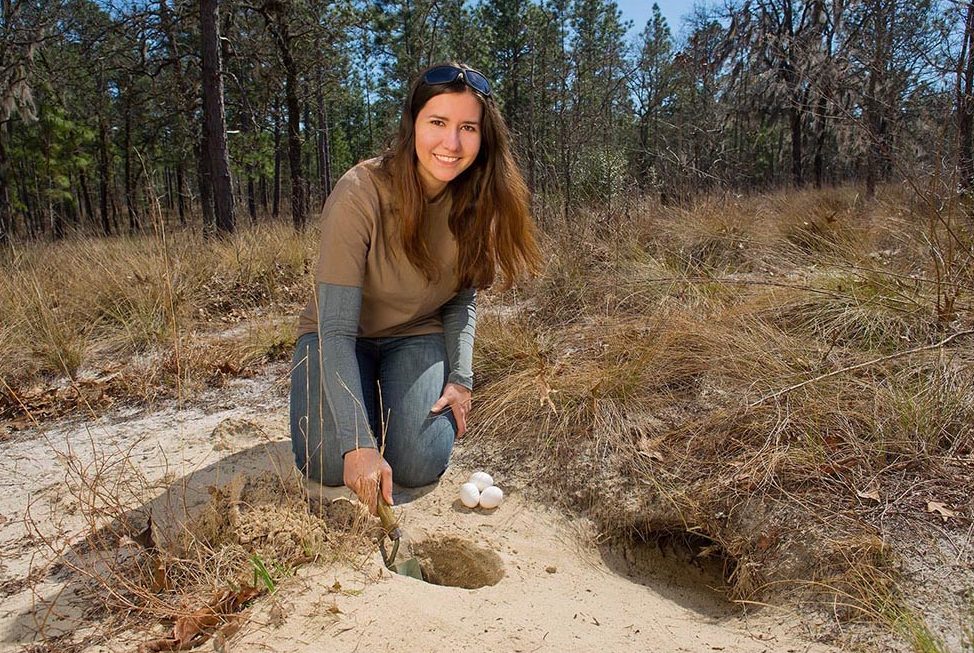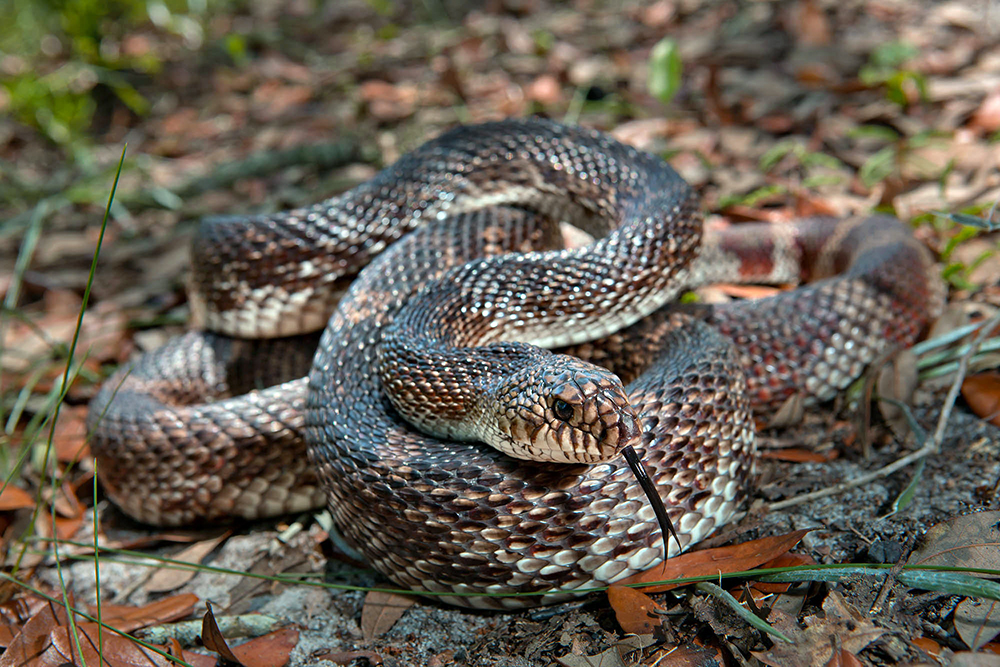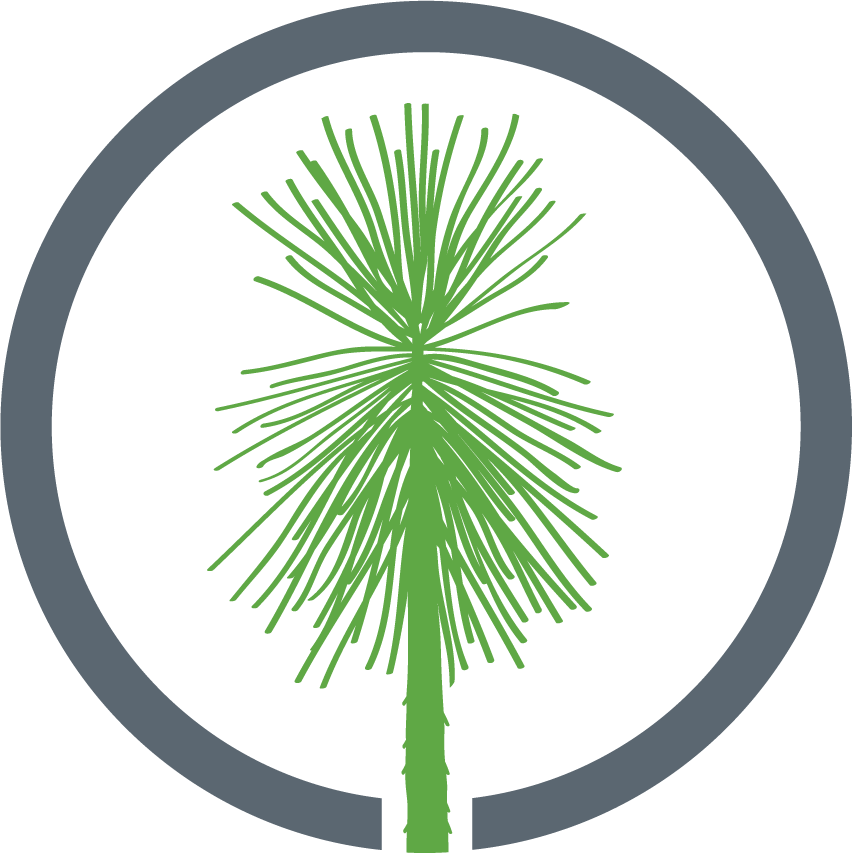Natural Resources Research & Management
Natural Resources Research & Management
We also have natural populations of several species of conservation concern such as the Florida gopher frog, gopher tortoise, Florida pine snake, eastern diamondback rattlesnake, southern hognose snake, southeastern pocket gopher, and fox squirrel. We monitor populations of several of these species as part of our core data collection efforts and some are also the focus of targeted research. For example, Ichauway is part of a range-wide study to evaluate the status of and determine how to reintroduce an ecological engineer, the southeastern pocket gopher.
Ichauway has the largest population of gopher tortoises on a protected area in Georgia. The species is protected in all six states in which it occurs and is a candidate for federal listing as threatened. Demographic research on gopher tortoises associated with our animal interactions theme has contributed to our understanding of the ecology of this species and our population monitoring efforts have demonstrated that the population is increasing. We are exploring our existing data sets for direct linkages between population increases and habitat management. We have adapted the line transect distance sampling methodology for gopher tortoise monitoring and have published a workbook detailing the methodology. This more accurate survey protocol has been adopted by most agencies and biologists working with gopher tortoise across its range. We also host regular trainings for those interested in applying these methods.


